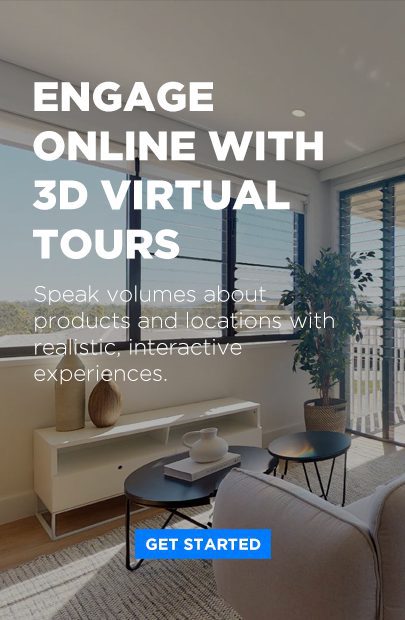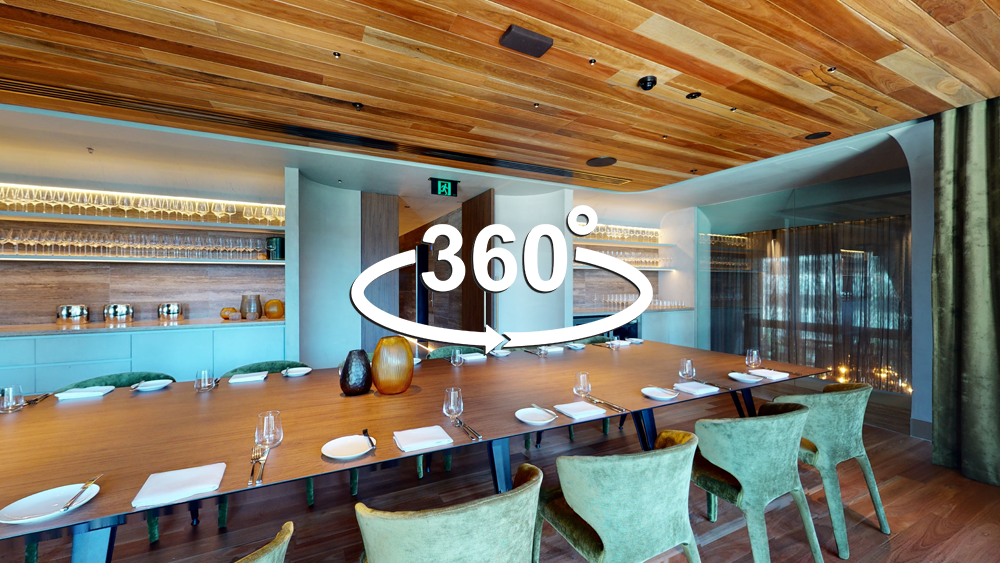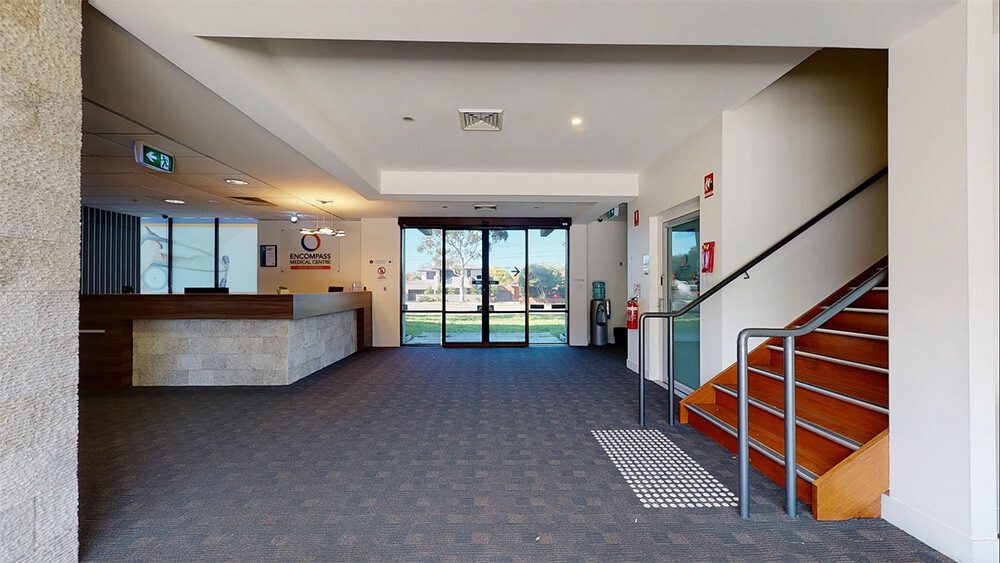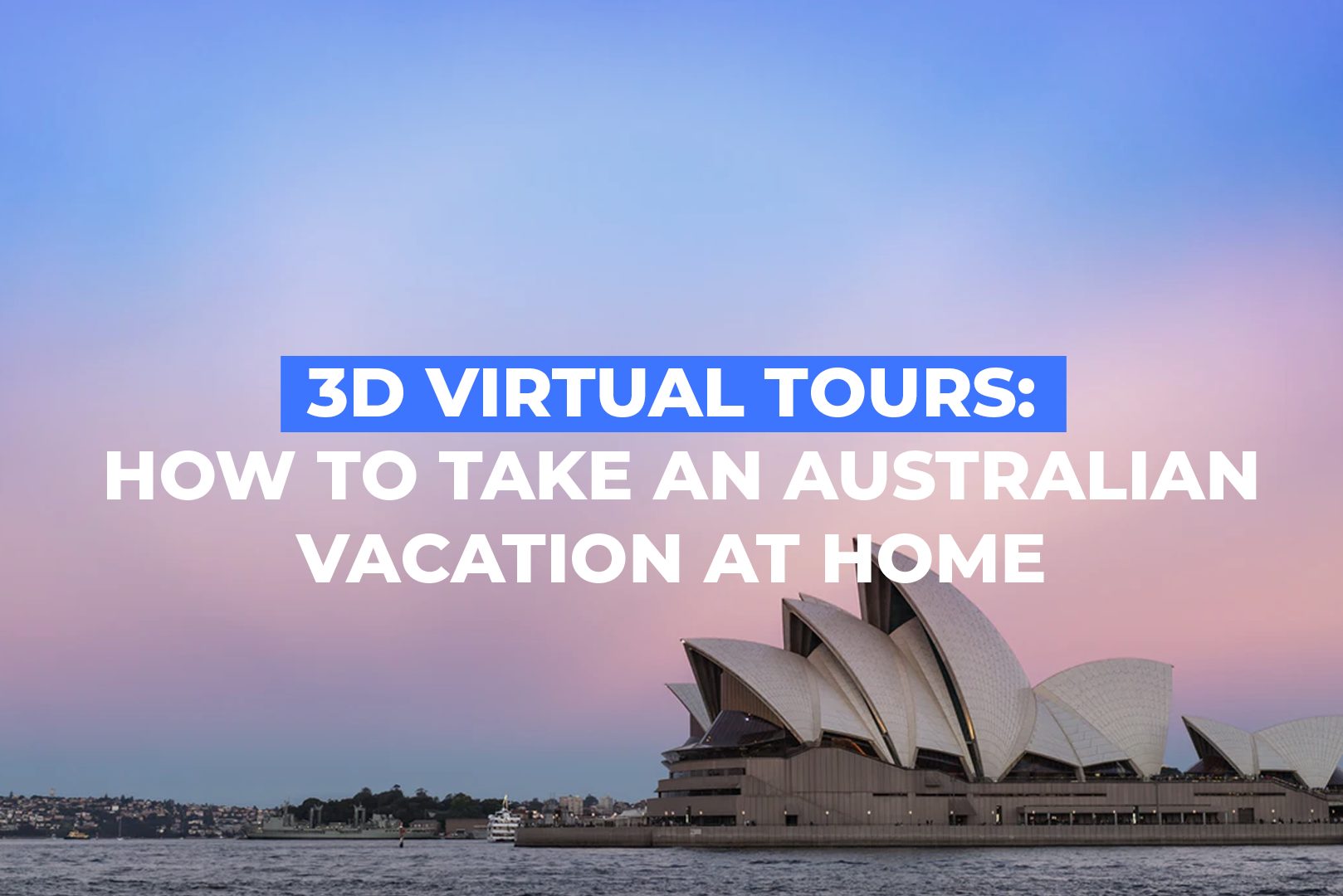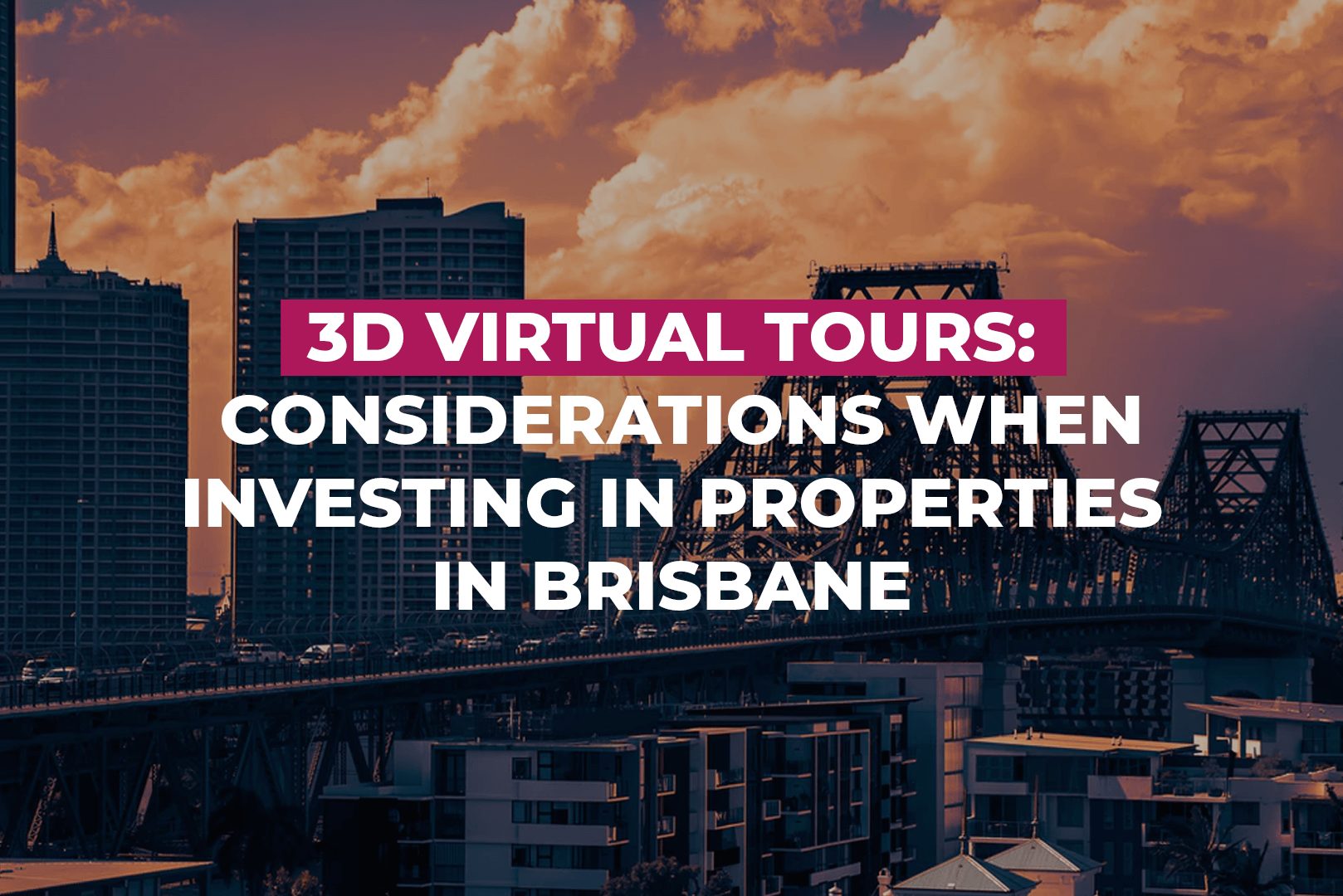To put it simply, virtual reality is a technology that aims to create a realistic three-dimensional image or environment that people can think and feel like it’s real. The VR device that’s probably the most familiar for many would be the headsets. It’s a device that combines hardware and software which is what makes it different from AR or augmented reality. AR uses an overlay of the real world and adds objects to it instead. So in AR you get to interact with both worlds and can clearly distinguish between them but in VR you’re fully immersed in an entirely virtual world which may make it hard for you to differentiate between reality and virtual reality.
In the consumer market VR you can only experience vision, hearing, and handling simple objects. But nowadays, cutting edge VR projects are even working with tactile and smells. You’d still be amazed by how real consumer market VR can feel and seem like though.
This is why commercial and residential real estate now utilizes virtual tours that employ one or a combination of different types of virtual house tours. This is because of how effective it is in bringing realistic experience as well as in marketing properties.
The VR Headset
There are different kinds of VR headsets in the market that are designed for different purposes. Those that are designed to work with PCs that have been enabled to run VR software are the higher-end ones. Headsets designed for game consoles come next to that while stand-alone headsets are currently on the rise. But if you’re looking for a cheaper one, it would be the VR headsets that are meant to be used with smartphones. These ones come with a slot for the phone positioned at the right distance from the eyes. These headsets are made to work with VR apps that offer simpler experiences and have a wide price range.
Components Of VR Headset
Content Feeds
This is the data that makes up the virtual world that you get to experience while using the headset. An app or game can provide VR experiences nowadays.
Controls
Simpler headsets have buttons that you can use to explore and interact with the virtual world that it offers. But advanced ones come with controllers like guns and swords that allow you to directly interact with the hardware that sends the feed.
Displays
Back in the day, there would be two separate displays for each eye. But in the effort to be cost-efficient, headsets nowadays simply use the full smartphone screen as a display or a single OLED screen.
Lenses
Lenses in VR headsets are made in a way that you’d feel like you’re looking into a real environment. But there are lenses that can be adjusted too which helps with avoiding eyestrain and achieving realism. But these are in the advanced versions.
Field Of View
The most ideal would be 360 degrees. But headsets can’t achieve this, so most VR headsets you’d find can only go from 100 to 120 degrees. Even with that, it still improves immersion.
Frame Rate
Most creators aim for 60 FPS to 120 FPS along with powerful hardware to back it up. This is because this benchmark means better immersion. Any slower than that and the user would experience poor immersion as well as headaches.
Tracking Sensors
Movement sensors on VR headsets are what moves the content feed to match your head, hands, and even body movements. Sometimes they’re also included on additional hardware to map out your space like how the PlayStation VR works.
Audio
The audio is either supplied as part of the content feed in the headset itself, or as a separate feed that uses an additional speaker headset that you need to wear.
VR And Immersion
Immersion is basically the feeling of realness that you get from the VR device. Did it feel like it’s a real environment or did you actually forget for a second that it isn’t? This is the driving force of this technology that developers aim for. Here are three categories of immersion that may help you understand it better.
Non-immersive
This means you get to interact with virtual content through traditional interfaces like a mouse or keyboard. Headsets that include some of the real world, virtual windows that can be seen in some offices, and AR that tiptoes as close as it can to VR are also considered non-immersive VR.
Semi-immersive
This one involves a combination of real-world objects to replicate a virtual experience like those cockpit simulations used in games and flight training. It looks real, and the visuals are digital while the controls are physical and you still know which is the real world and which isn’t.
Fully-immersive
With all these in mind, it is now clear why virtual reality, which is a type of virtual tour, is a popular marketing tool in real estate and other industries. Of course, any industry could utilize virtual tours for a range of purposes. The goal of real estate virtual tours is mainly to guide their customers’ buying decisions and 3D virtual tours offer an effective way for marketers to provide them with information to know what they can expect with the property through an immersive experience. In real estate, virtual tours are used specifically to resolve the specific needs of the customer through the different types of virtual tours such as 360 virtual tours, 3D floor plans, and virtual reality.


